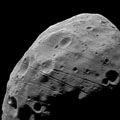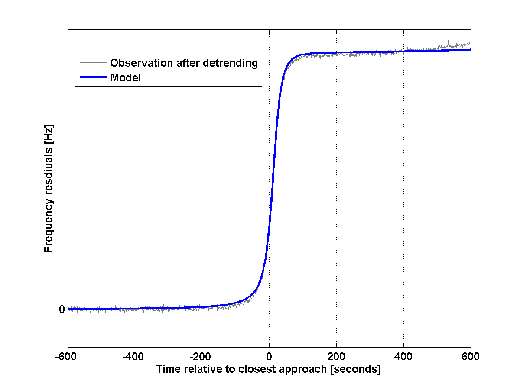Re: Mars Express Alive again with photos of both Martian Moons
3488":3sykrtyu said:
MeteorWayne":3sykrtyu said:
We're ALL kids when it comes to stuff like this

We certainly are Wayne.
The first high resolution imagery will be possible on: Sunday 7th March 2010, as the earlier encounters took place over the night side of Phobos, where the MARSIS radar was used to probe the interior of the suspected captured Type D asteroid moon.
Fascinating stuff for sure. :mrgreen:
Andrew Brown.
I thought it would be appropriate

I browsed around a bit, and you can get lost for quite a while.
Another kids stuff, i thought to copy from my calculator

Phobos mass, as calculated after the last pass :
1.072 * 10^16 kg = 1.072 * 10 000 000 000 000 000 kg = 1.072 * 10 000 000 000 000 t
10^16 = 10 000 000 000 000 000
Phobos
1.072 * 10^16 = 1.072 * 10 000 000 000 000 t = 1.072 * 10 000 000 Mt
World coal production from the
World coal institute :
Over 5845 million tonnes (Mt)
or 5.845 * 1 000 Mt
To make life a little simpler, i use Tt (
Tera - (symbol: T) is a prefix in the metric system denoting 10^12 or 1 000 000 000 000 ).
Earth mass :
5.9736 * 10^24 kg = 5.9736 * 10^21 t = 5.9736 * 10^15 Mt = 5.9736 * 10^9 Tt =
5.9736 * 1 000 000 000 Tt
Phobos
1.072 * 10 000 000 Mt =
1.072 * 10 Tt
World coal production
5.845 * 1 000 Mt =
5.845 * 0.001 Tt
Here are numbers for the international shipping tonnage, from
United Nations Atlas of the Oceans , above
500 000 000 t, = 500 Mt =
500 * 0.001 Tt

This gives a better picture, i think

( did i s***kheeump ... any zero counting ? ) (edit, of course, but i think i fixed it, or did i :roll: )
Ok, now what i really want to see, is a 3d animation of it's internal structure, but that will have to wait a bit, i'm afraid, but at least now it has better options, and in the mean time, pictures will do just fine, :mrgreen:

edit, just noticed,
Mars express blog :
 Current flyby prediction for 3 March
Current flyby prediction for 3 March
In an email earlier today, ESA's Flight Dynamics team here at ESOC provided their latest Mars Express orbit prediction for tomorrow's Phobos flyby.
It is based on ground station tracking data received up until yesterday, and includes data from the NASA Deep Space Network (DSN) station at Goldstone, California, and from ESA's own Deep Space Antenna (DSA) station at New Norcia. The predicted closest approach time to Phobos remains unchanged at 20:55:40 UTC (21:55:40 CET) on 3 March 2010, with a miss distance of 77 km from the centre of Phobos. This implies that Mars Express will pass 67 km above the surface of Phobos (which has an average radius of 11.1 km).
The prediction also confirms that there will be no occultation by Phobos on 3 March, meaning that Mars Express will not pass 'behind' Phobos as seen from the Earth. There will be a very brief eclipse caused by Phobos passing in front of the Sun (as seen from Mars Express) - in other words, Mars Express will enter the shadow cast by Phobos. Thanks to Frank Budnik for the details! -- Daniel














